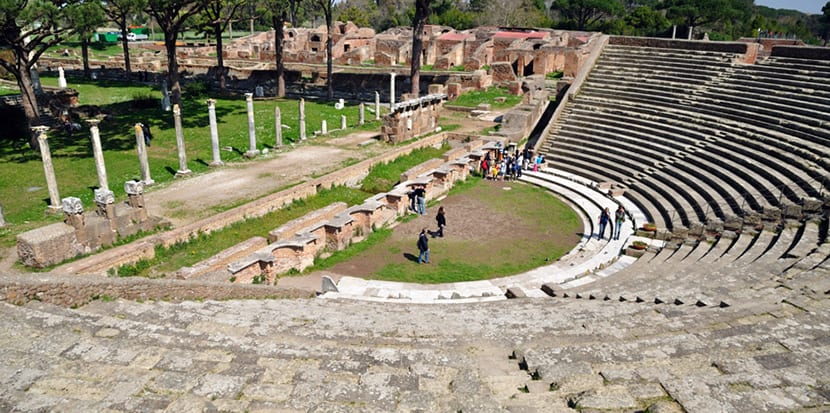
Rome is a beautiful city in which the days pass quickly while we visit its attractions and each one of them takes us to an era, a moment in the long and entertaining history of Western civilization.
In a city like this it is easy to fall into the most touristy places, those from any list that we can find, but that is justified only if we stay a few days. If we are going to be some more than strictly necessary, three or four, or we simply want to know more than what is always recommended, our proposal today is that you visit these five little touristy but unforgettable attractions in Rome.
Protestant Cemetery of Rome
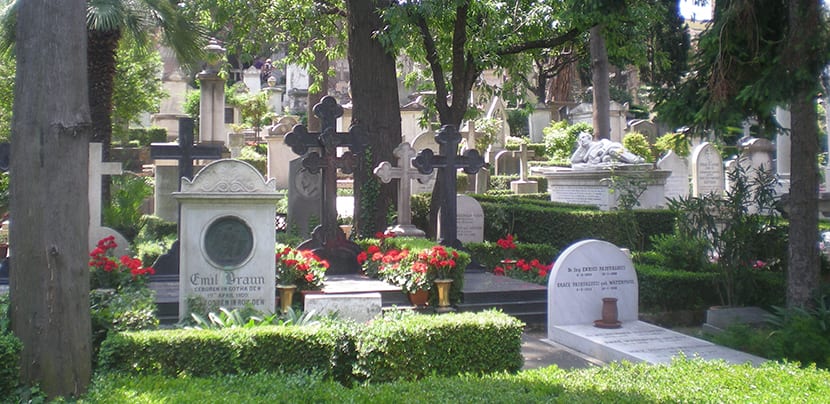
To this cemetery too he is known as the English Cemetery or Non-Catholic Cemetery and it is a public site that It is located in the Testaccio neighborhood, nothing far from the Pyramid of Cestius.
This pyramid is well known and is a popular site in Testaccio because you see it when you leave the station. It is a pyramid that was built in 30 BC as a tomb and later incorporated into the Aurelio Wall by the Romans. Yes, that is how old it is. It is the heart of a green area that precisely makes up the cemetery that, obviously, is not limited to English or Protestants.
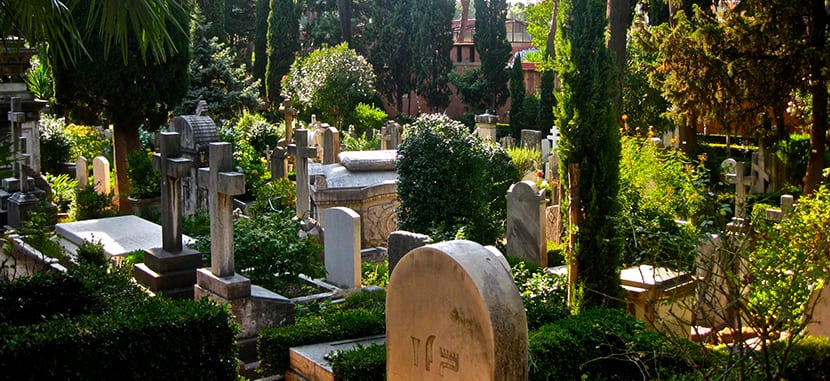
If you like old cemeteries this one you should visit it since here are buried two very popular poets of the English language: John Keats and Percy Shelley. Keats died in Rome very young, at age 25, of an unromantic disease such as tuberculosis, and Shelley drowned in 1822 while sailing in Italian waters. Lord Byron and other friends cremated him in an Italian village and his ashes traveled to the consulate in Rome. Finally, they ended up here.
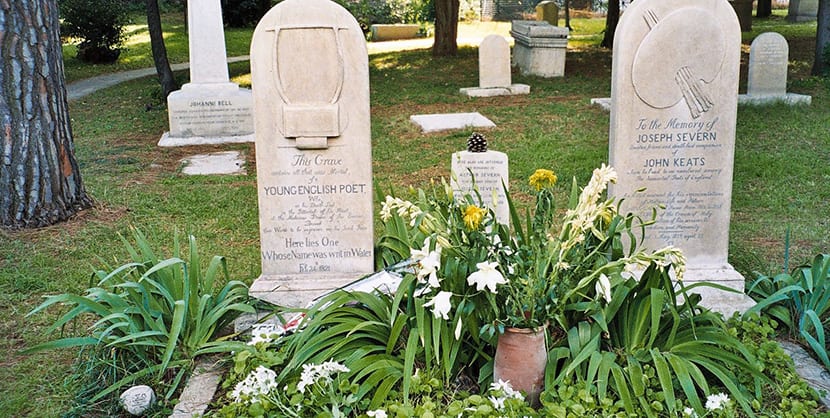
Legend has it that the heart survived the flames and a friend gave it to his wife, who is none other than Frankenstein's writer Mary Shelley. His two sons also rest here and in one of the graves the heart is in a silver box. But this site has plenty of famous names: Christian andersen, the writer of Guliver, the founder of the Bulgari brand, Antonio Gramsci, Alexander Ivanov and Tatiana Tolstaya, daughter of Leo Tosltoy, for example.
The address is Vía Caio Cestio, 6.
Ostia Antica
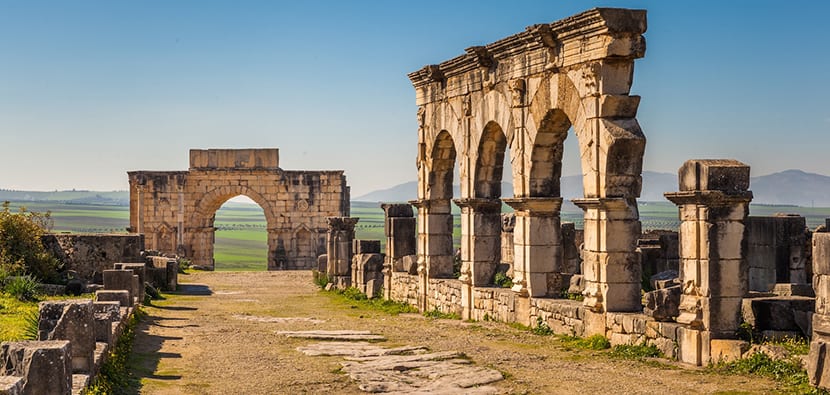
You may have heard of this site because if you like ruins, they are among the best in the country. But you have to move a bit to visit them. Luckily not enough to see Pompeii!
Ostia Antica It is on the outskirts of Rome, no more than half an hour by train. The ruins are fabulous and in an incredible state of preservation. It used to be a very commercial city and the main avenue that runs through the city is still well visible to the huge stone theater with its brilliantly designed mosaic floors that is still used for summer concerts.
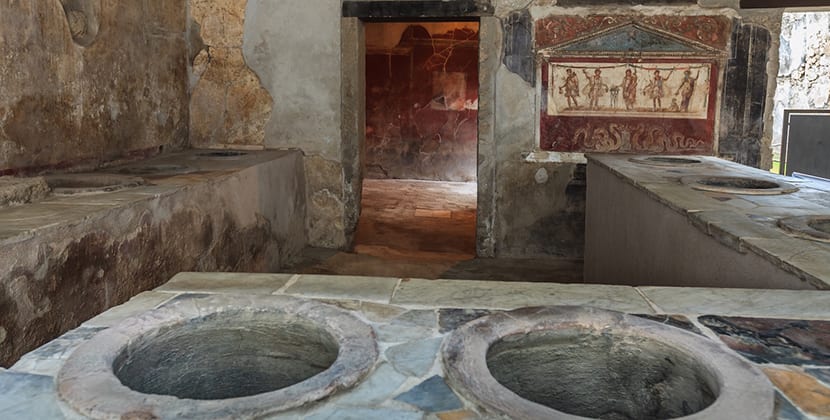
Many of the houses are even almost intact, there is a bar where the menu of the day has been recorded! It's fantastic. If you go in summer you can visit the website before osticateatro.it.
Saint Paul Outside the Walls
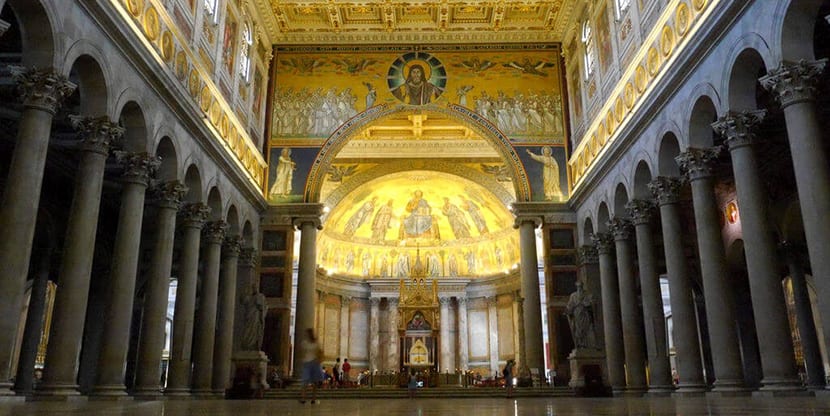
If the only church of San Pablo that you know is that of London, then here in Rome you have another to visit. Although it is a simple and well-known name, and there must be hundreds of churches with it around the world, being in Rome this cannot be absent from your list of little-known and unforgettable attractions.
The church is kind of hidden but once you enter It's a show. Its interior is spacious, large and golden. There are never many people and if there are it is the sea of silent so it is a dream. You can walk calmly, go through it and feel almost alone. It does not have anything inside either but you can take a thousand photographs that will all be beautiful and since there are few people, it may not even appear in the photos.
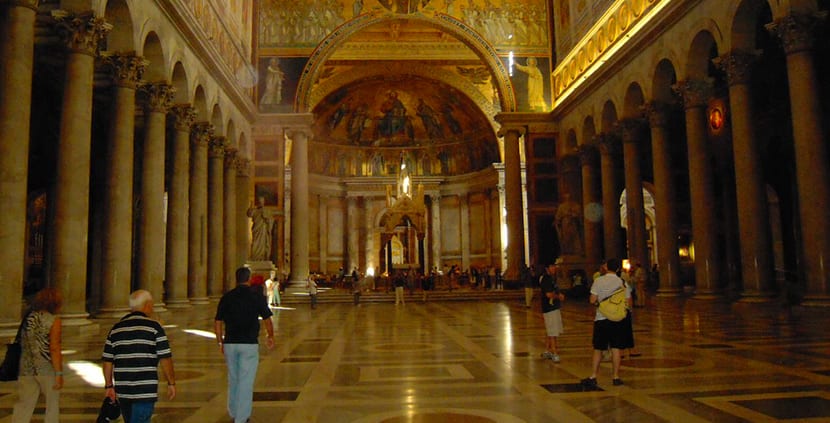
The Church of Saint Paul Outside the Walls is a beauty of free entry and almost no tourists. Sometimes they are the two things one looks for the most.
Church of San Clemente
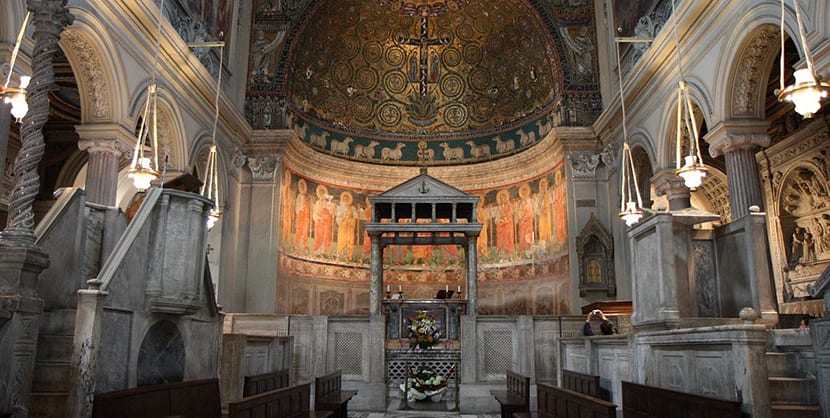
Another church appears on the list. And that Rome has many everywhere. On the Via Labicana is this beautiful church, a basilica in reality. When you visit it, you know two thousand years of history. It is from the XNUMXth century but its origins are more remote as it has been built on a pagan temple from the XNUMXst century..
The Basilica is less than 300 meters from the Colosseum and is named after Pope Saint Clement, the third successor of Saint Peter, who died in 100 AD. The archaeological excavations under the church began in the middle of the 64th century and they brought to light the XNUMXth century building. Other excavations in the early XNUMXth century went further and uncovered another layer of construction that belonged to old buildings destroyed by the fire of Rome in AD XNUMX.

Passages, a courtyard, brick walls, and even a shrine of the Mithraic religion (Mithraism), have come to light. The Christian basilica functioned until the XNUMXth century when, as it was considered unsafe, after the Norman attacks, it was abandoned. Later it was reoccupied by the Benedictines, the Augustinians and finally the Dominicans.
Today you can visit her and attend mass Monday through Sunday at 8 am and 6:30 pm. The Dominican Rite of Mass is Saturdays at 9:30 am. There are confessions and the rosary is also said Monday through Friday at 6 pm. Weddings are not held, yes. The Basilica of San Clemente It is on the Via Labicana, 95. The entrance is free but if you want to know its two lower levels you have to pay. But don't miss them!
The Appian Way
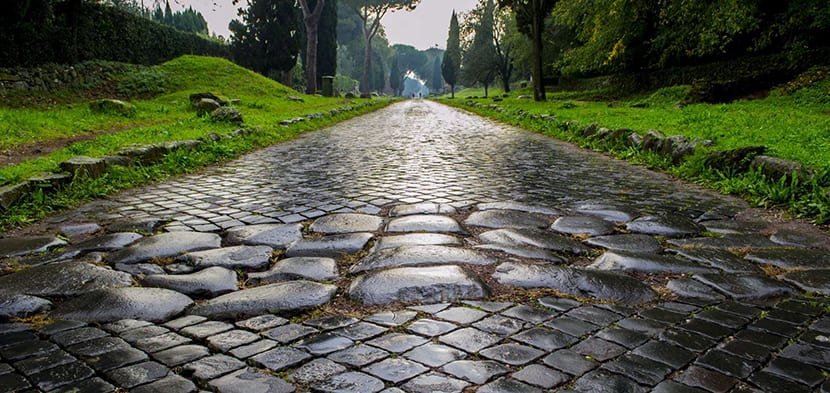
We cannot say that this Roman street is unknown or not very touristy, but it is true that not many tourists take the trouble to walk it. OK, you know what I'm talking about, you know the name but ... do you know someone who has visited Rome and boasts of having walked on it?
At the edge of the Via Appia Antica there is much to see, from green spaces to ancient monuments, so visiting it is a journey through history. Is about one of the oldest roads in Europe and perhaps the oldest in Italy. It was built in 312 BC, when Rome was a republic, so that the army could be easily mobilized.
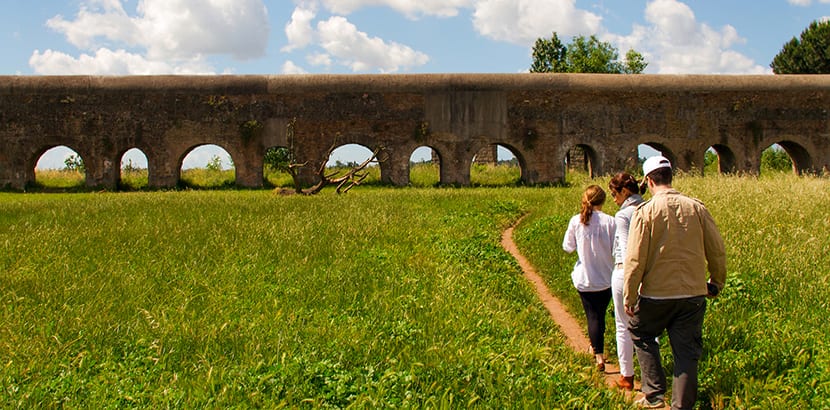
It is a stone street, with stone blocks and anyone who then completely covered it would end up (even today), in the south of Italy, in the present city of Brindisi, a huge port. The avenue or route is named in honor of Appius Claudius Caecus, the leader who realized the advantages of such a paved route.
You should not confuse it with the New Appian Way that was built at the end of the XNUMXth century. To walk through it we advise you to rent a bike, it is the best ride. You buy water and food and go on an adventure. You can also walk and thus not drag the bike in your lateral forays to see the Circus of Maxentius, the second largest Roman circus today, tombs, churches, some Roman villas and baths, statues, monuments and catacombs as well.
You will run into the Catacombs of Callixtus, for example, just six centuries younger than the route itself. Today they will house 16 popes prior to the final fall of the Roman Empire.

In short, the Appian Way is a calm, open, silent, green place that makes you think about history. You can get there from the Pirámide metro station on bus 118. Get off at the Catacombs of Calixxtus and voila. Let's go!